German - English Invasion, Union
- Category: History References
- Published on Wednesday, 13 June 2012 13:01
- Written by HostPlus ltd
- Hits: 4324
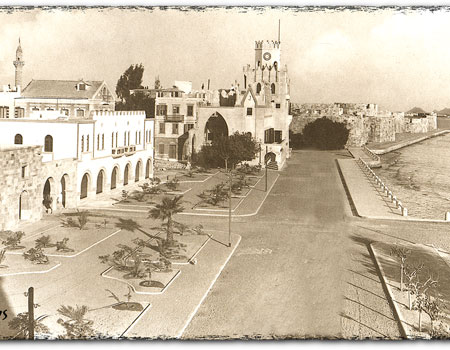 Kos’s future was connected directly with the developments of the 2nd World War. After Musolini’s defeat by the Germans in 1943, German soldiers arrived in Kos and so started the hard German occupation of Kos, which ended in 1945 with the surrender of Germany. Kos initially was passed on to the English on 8th May 1945.
Kos’s future was connected directly with the developments of the 2nd World War. After Musolini’s defeat by the Germans in 1943, German soldiers arrived in Kos and so started the hard German occupation of Kos, which ended in 1945 with the surrender of Germany. Kos initially was passed on to the English on 8th May 1945.
The British command was based in Rhodes and had separated the Dodecanese into six areas. The intentions of the English were to help the Dodecanese during this transitional stage and make it as peaceful as possible to get back in to the normal rhythm of life. In 1946 talks began about uniting with the mainland Greece. On the 2nd May 1946 we had the first local elections. On 31st March 1947 the Brigadier A.S.Parker handed over the Dodecanese to the head of Greek command, Admiral Periklis Ioannidis and on the 7th March 1948 the official union ceremony took place.


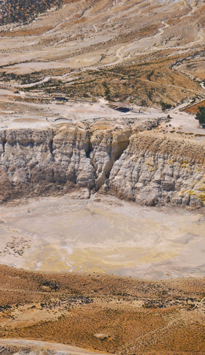
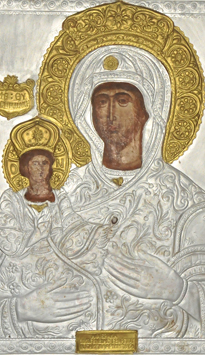
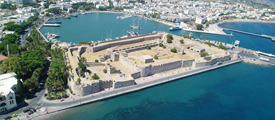 Kos is an island of majestic beauty, lying in the centre of the Dodecanese chain in the Aegean Sea. ("Dodecanese" in Greek means "twelve islands"). Lying north west of Rhodes and south east...
Kos is an island of majestic beauty, lying in the centre of the Dodecanese chain in the Aegean Sea. ("Dodecanese" in Greek means "twelve islands"). Lying north west of Rhodes and south east...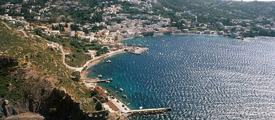 Leros Island is approximately 53 square kilometres. The island consists of one municipality which has its administrative headquarters in Platanos. The most important villages of Leros...
Leros Island is approximately 53 square kilometres. The island consists of one municipality which has its administrative headquarters in Platanos. The most important villages of Leros...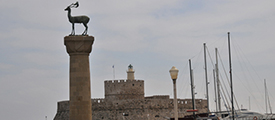 Rhodes is the biggest island of the Dodecanese. It lies at the south-eastern corner of the Aegean, opposite the coast of Asia Minor, about 11 miles away. It has an area of 1398 square...
Rhodes is the biggest island of the Dodecanese. It lies at the south-eastern corner of the Aegean, opposite the coast of Asia Minor, about 11 miles away. It has an area of 1398 square...
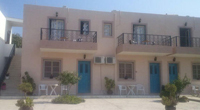








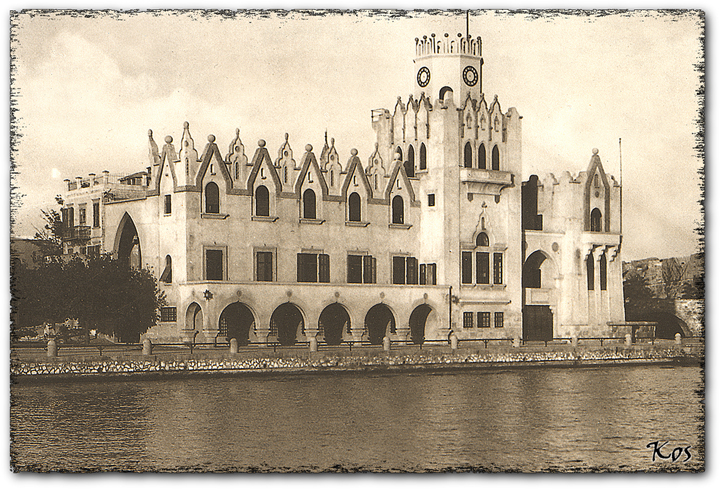 In 1912 the Italians take over the island and declare themselves liberators of the Greek people from the Ottoman’s empire. Their arrival was met by hope and expectations that they would ensure the islands safety and independence and its union with the rest of Greece.
In 1912 the Italians take over the island and declare themselves liberators of the Greek people from the Ottoman’s empire. Their arrival was met by hope and expectations that they would ensure the islands safety and independence and its union with the rest of Greece.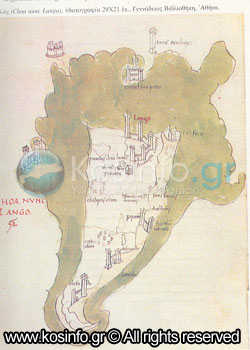 During its domination in Kos (1337-1522) the Battalion of the Knights of Saint John fortified and upgraded the Byzantine network of fortresses on the island. In those times Kos was an independent unit to which Kalymnos and Leros belonged to. The command of the Knights was carried out by few commanding officers but they offered sufficient protection from the attacks of the pirates and the Muslim empire. According to the Knights records which can be found in Malta today,
During its domination in Kos (1337-1522) the Battalion of the Knights of Saint John fortified and upgraded the Byzantine network of fortresses on the island. In those times Kos was an independent unit to which Kalymnos and Leros belonged to. The command of the Knights was carried out by few commanding officers but they offered sufficient protection from the attacks of the pirates and the Muslim empire. According to the Knights records which can be found in Malta today,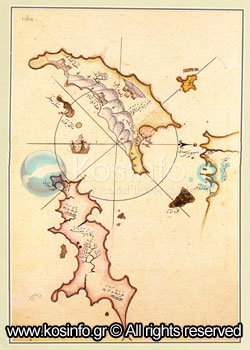 Since the 15th century and especially after taking over Constantinoupoli in 1453, the Ottomans tried to take over from the Knights in the Dodecanesse. Initially they asked for a tribute tax, after the refusal by the Knights to pay, they began systematic attacks on the island, forcing the residents to leave many times and seek refuge in the castles. After the take over of Rhodes by the Ottomans in 1522, Kos along with other islands of the Dodecanesse pass into the Sultans hands. The economy of the island depends on agriculture and commerce
Since the 15th century and especially after taking over Constantinoupoli in 1453, the Ottomans tried to take over from the Knights in the Dodecanesse. Initially they asked for a tribute tax, after the refusal by the Knights to pay, they began systematic attacks on the island, forcing the residents to leave many times and seek refuge in the castles. After the take over of Rhodes by the Ottomans in 1522, Kos along with other islands of the Dodecanesse pass into the Sultans hands. The economy of the island depends on agriculture and commerce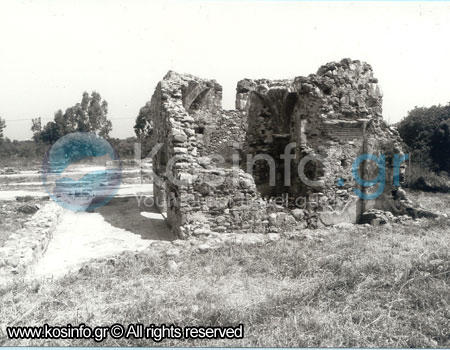 The first mention of the early Christian period in Kos is connected to the visit of the disciple Paul which is mentioned in the book of Paul. This was recorded in the minutes of the first Ecumenical Synod of Nice in 325 and was signed by the bishop of Kos Melifron.
The first mention of the early Christian period in Kos is connected to the visit of the disciple Paul which is mentioned in the book of Paul. This was recorded in the minutes of the first Ecumenical Synod of Nice in 325 and was signed by the bishop of Kos Melifron.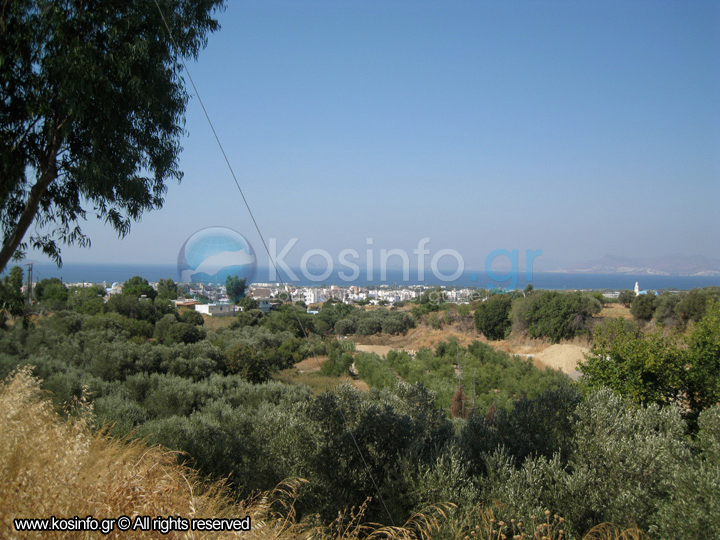 In the second half of the 11th century we are informed that Nikiforos Melissinos, husband of Evdokia who was the sister of the emperor Alex the first Komninou resided in Kos where he owned a lot of land. At the same time a large number of royal related people came to Kos like Christodoulou who founded the monastery of Theotokou in Old Pyli. Christodoulou exchanged the land in Kos with land in Patmos where he founded the monastery of St John Theologou. From the 11th century till the beginning of the 14th century Kos had many administrative changes up until the occupation by the Knights of Ioannites.
In the second half of the 11th century we are informed that Nikiforos Melissinos, husband of Evdokia who was the sister of the emperor Alex the first Komninou resided in Kos where he owned a lot of land. At the same time a large number of royal related people came to Kos like Christodoulou who founded the monastery of Theotokou in Old Pyli. Christodoulou exchanged the land in Kos with land in Patmos where he founded the monastery of St John Theologou. From the 11th century till the beginning of the 14th century Kos had many administrative changes up until the occupation by the Knights of Ioannites.







